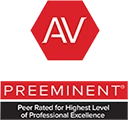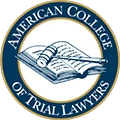4th of July Holiday Travel Safety Tips:...
The 4th of July is a time for fireworks, cookouts, and summer road trips. But did you know…
The 4th of July is a time for fireworks, cookouts, and summer road trips. But did you know…
You have heard the term NO PLAY NO PAY but what does that really mean? It means that…
Walking is great exercise and also a way around town. But you need to be prepared when walking.…
When you hire a personal injury attorney, you are hiring someone who will protect you, inform you of…
Now that you have dealt with the police at the scene, you may still have questions. Let us…
Who is at fault when one driver is passing another on the left? That depends on the specific…
Red Mean “STOP!” Intersections can be the busiest and most complex areas of our roadways. In addition to…
Filled with adrenaline and uncertainty, you have just been involved in a crash and don’t know what to…
You have been involved in a crash and have countless questions. You are not certain where to begin…
Fields marked with an * are required
"*" indicates required fields
Great attorney, honest, hard working, you won't find better. Simply excellent.
Very personable service with your needs as their focus. You are not just a number. You are important to them as a person.
I had an awesome experience with Law Firm and I would highly recommend them. Thank You Mr. Richard and your team.

National Association of Distinguished Counsel

The American College of Trial Lawyers

Martindale-Hubbell® (AV Preeminent® Rating)

The American College of Trial Lawyers
© 2025 Law Offices of Richard R Kennedy • All Rights Reserved. Disclaimer | Site Map | Privacy Policy. Digital Marketing By: ![]()